Natural places have a role to play in our neighborhoods. The best urban sites share space with nature so well that you can not tell when the bricks stop and the trees begin. Whether it is a chestnut tree in a courtyard or an old street lined with elms, nature has to be present or our cityscape is unsatisfactory.
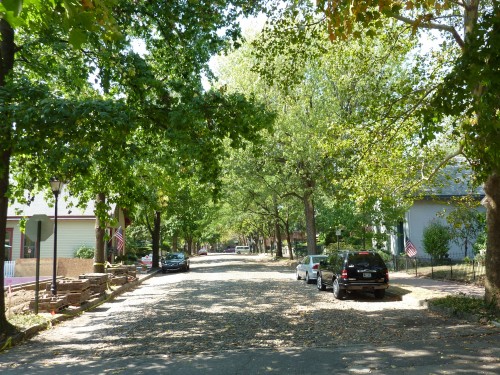
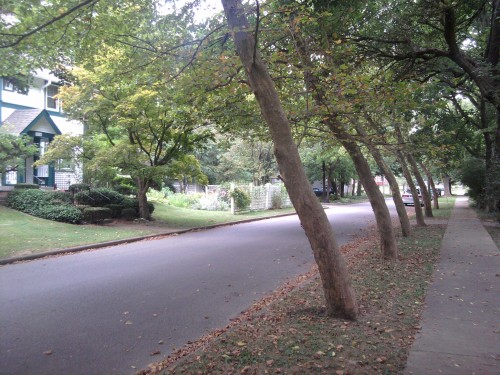
The ability to incorporate natural spaces into our neighborhood is often limited by our choices in infrastructure. We refuse to plant trees along streets because it is considered dangerous for drivers (even though its much safer for pedestrians). Once we convince ourselves that trees are a good idea we find that the power company “tops” them to keep the power lines free of limbs.
Using alleyways or underground wiring can solve part of the problem. But even then our arborist friends are thwarted, sometimes because steam pipes rot tree roots (even wonder why we have so few trees downtown?) or the city starts poisoning vegetation to save on costs (checked out Robert D. Orr Plaza lately?).
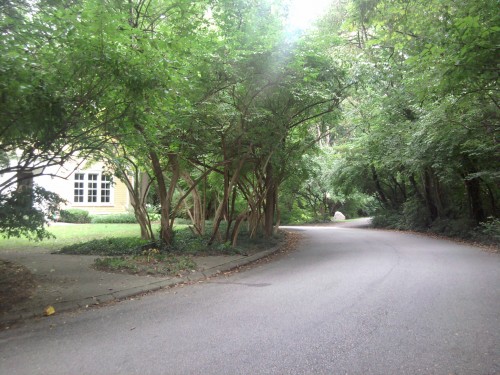
Integrating nature into our neighborhoods doesn’t happen by accident. It has to be an explicit strategy that is aggressively pursued and maintained. It must have support from everyone in a community, from the family next door all the way to the deputy mayor. Otherwise, we end up in a desert of concrete and asphalt.
Using natural elements in our city improves our quality of life. But some places deserve the right to remain natural. Sometimes the beauty of an area overwhelms us and we realize that we can’t improve it. The Kyle Oak in Irvington is just such a place. The Kyle family loved their Bur Oak so much, that they abandoned and bulldozed their home rather than put the tree at risk.
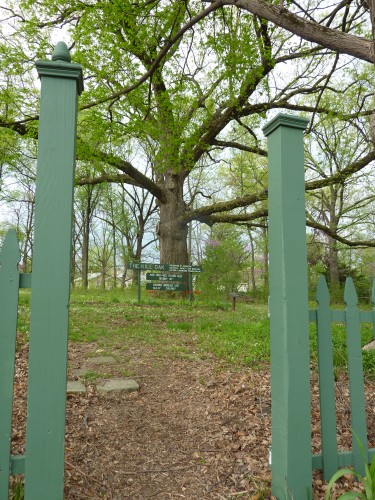
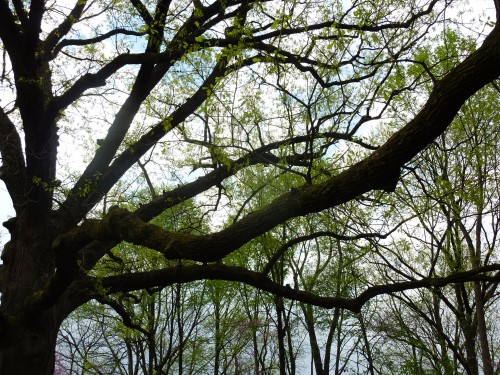
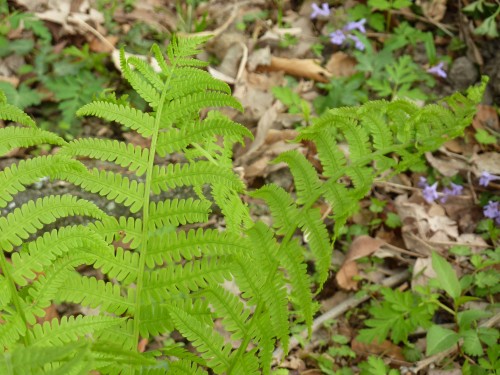
While the Kyle Oak is a unique example of nature in our neighborhoods, there are opportunities all around us that we should be taking advantage of. Pocket parks reclaimed from shuttered houses, community gardens, tree-lined avenues and shopping streets, or wildflower meadows instead of lawns. Let’s get serious about inviting nature to live with us.
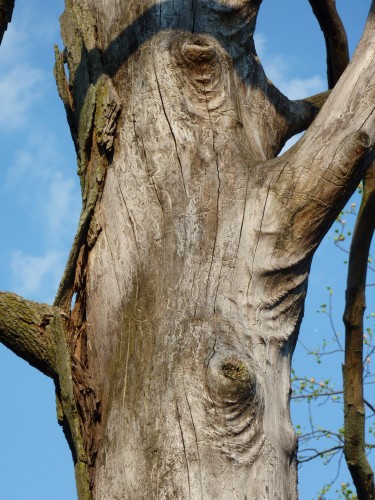
Great post Graeme!
I hope that as more development occurs in our urban core, that more of this will be held conscious in the developer’s mind when it comes to properly landscaping. Just adding shrubbery and mulch won’t cut it in a lot of cases. Tree canopies and such add such an element to a street. Not only do they provide a benefit to the environment, but they also help to shrink the scale back to something more pedestrian, instead of sprawling open spaces, or tall buildings.
Great post. Really enjoyed it.
.
There’s a recent study that shows that old-growth trees may actually inhibit crime: http://eab.sagepub.com/content/early/2010/09/16/0013916510383238.abstract
.
I think it’s about time we start looking at our tree cover as a type of infrastructure and not as unnecessary “fluff.” There’s very real psychological benefits to having trees around where we work and live.